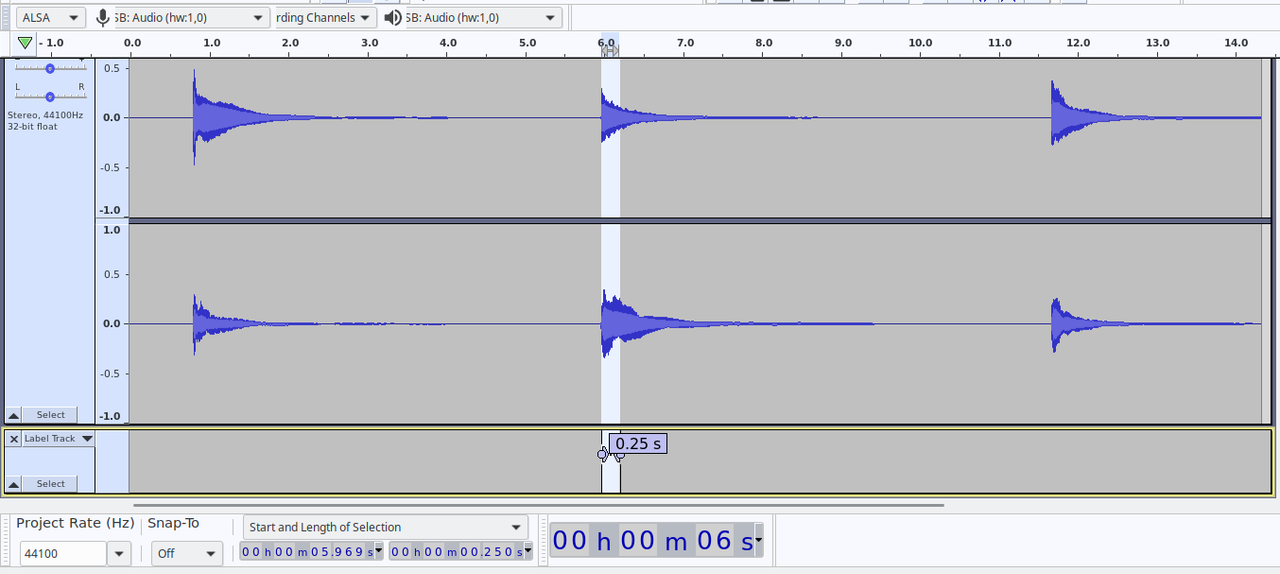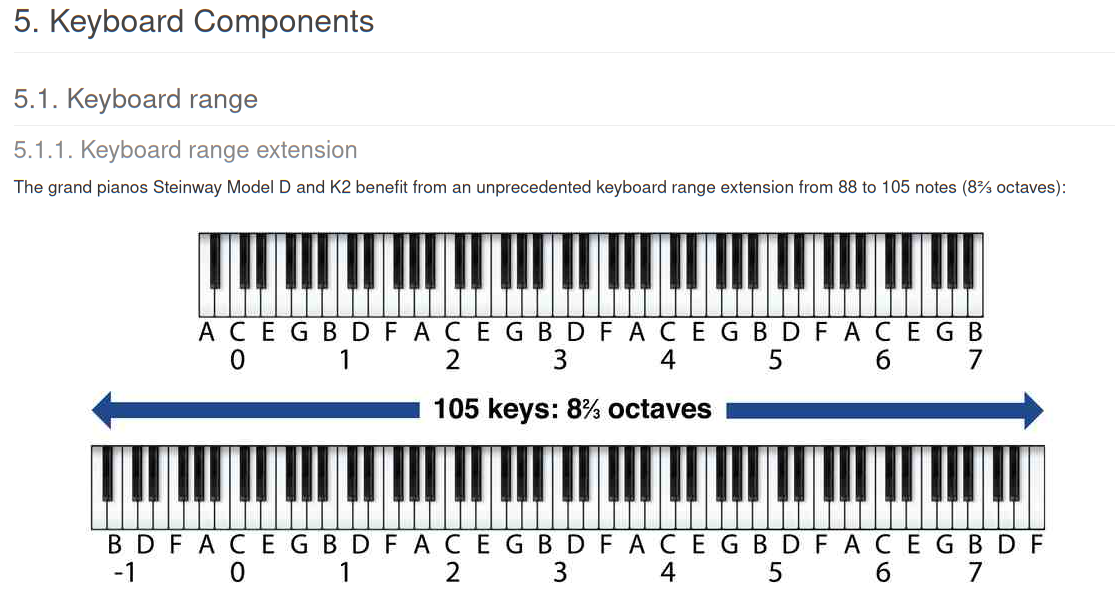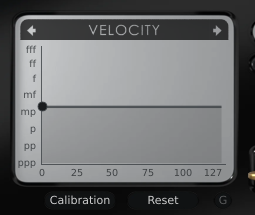50 - 60 % more psychoacoustic loudness of one note in snurrfint's (unknown) audio environment? That seems to be a lot. This is a factor of 150 - 160 % or 1.5 - 1.6.
At http://sengpielaudio.com/calculator-loudness.htm in the Table: Factor, Power Gain, Voltage Gain, and Loudness Gain a factor of 1.516 means +6 dB of (psychoacoustic) loudness gain.
An indication of the differences at signal level is my following snapshot:
I recorded B4, C5 and Db5 of the v8.2.0 NY Steinway D Warm with a constant velocity of 100 in Pianoteq and exported the notes to a WAV and reimported to Audacity. With its Contrast tool I measured the average level (RMS) of the first 0.25 s of each note, example:

B4 -18.56 dB
C5 -18.56 dB
Db5 -18.88 dB
With a double decay of 0.50 s the average signal level (RMS) has been lower of course:
B4 -20.04 dB
C5 -20,18 dB
Db5 -21,10 dB
Keep in mind, that Pianoteq is a virtual acoustic instrument with resonances, two or more virtual microphones at different locations of the soundboard, strings and room acoustics. Everything depends randomly on the start conditions and two played notes have never an identical waveform.
So it is remarkable, that the adjacent notes do not differ more than <1 dB in this example. I doubt you would find a real Acoustic Piano with such even note volumes.
The new 8.2.0 NY Steinway D Warm is a wonderful preset by the way, I'm starting to like it!
PS:
Eventually the asymmetry of the stereo channels is audible under certain conditions.
In my above example the three notes (0.25 s) of the left channel have:
B4 -16.70 dB
C5 -19.77 dB
Db5 -17.83 dB
The three notes of the right channel:
B4 -21.94 dB
C5 -17.61 dB
Db5 -20.26 dB
As you can see, C5's left channel is a few dB quieter than its adjacents, the right channel a few dB louder.
Last edited by groovy (28-01-2024 20:15)


